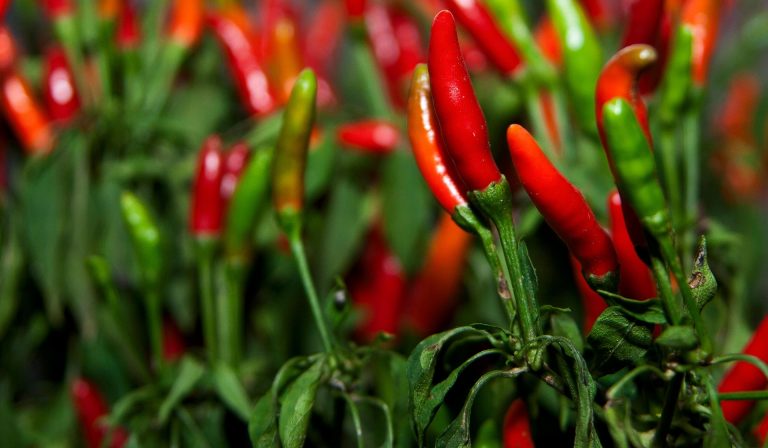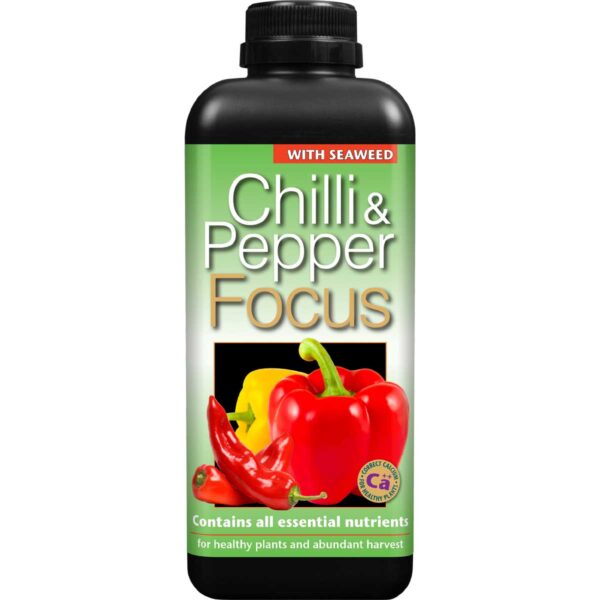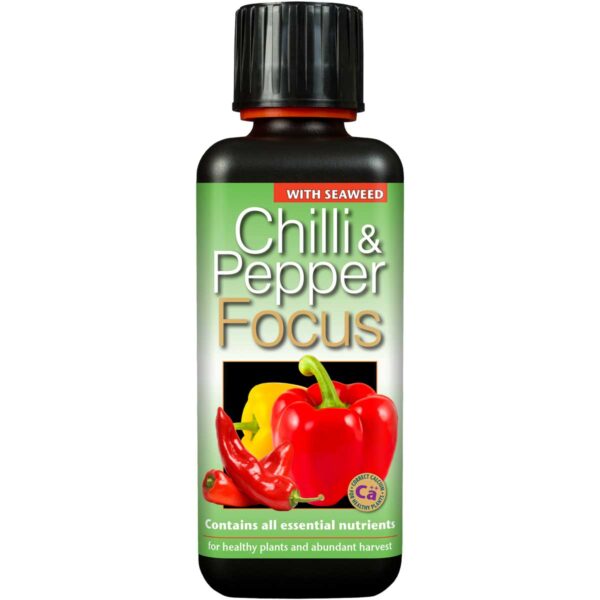Hvis du er en passioneret chiliavler, ved du sikkert, hvor vigtigt det er at give dine chiliplanter den rette mængde næring. Chili fertilizer er hjørnestenen i en vellykket vækstproces, og i denne guide vil vi udforske alt, hvad du behøver at vide for at opnå saftige og krydrede chili på dine egne planter. Lad os dykke ned i detaljerne.
read more about liquid seaweed fertilizer here: Flydende Tang Gødning: Sådan Anvendes Det
read more about fertilizer here: The Best Fertiliser - Your Guide
Table of contents
ToggleWhich Fertilizer for Chili Plants?
Chillies have unique nutritional needs that differ from many other plants. Their requirements for nutrients such as nitrogen, phosphorus and potassium as well as micronutrients such as magnesium and iron are essential for their healthy development and fruit production. This makes it necessary to use a fertilizer specially adapted for chillies to ensure that they get the right nutrition.
Specialized chili fertilizer has been developed to meet these exact requirements, resulting in more targeted and effective nutrition for your chilies.
5 Benefits of using Chili Fertilizer
Optimized Nutrient Profile: Specialized chili fertilizer is carefully balanced with the necessary nutrients that support both vegetative growth and fruit formation. This balanced approach helps avoid nutrient imbalances that can result in weakened plants or low yields.
Promotes Fruit Development: The higher concentration of phosphorus in specialized fertilizers promotes flowering and fruiting. This can translate into more and larger chillies with improved quality.
Strengthens the Plant: Micronutrients such as iron, zinc and copper found in specialist chilli fertilizers play a vital role in maintaining strong and healthy plant growth. This results in more resistant plants to pests and diseases.
Improves Taste and Quality: Proper nutrition affects not only the quantity of the harvest, but also the flavor profile of the chilies. Specialized fertilizers can contribute to a deeper, richer flavor in your chilies.
Environmentally Friendly Use: By using a fertilizer specially formulated for chilies, you can potentially reduce the overuse of fertilizer and reduce the risk of overfertilization. This is beneficial both for your plants and the environment.
You can read more about chilli fertilizer and other variants of Liquid seaweed fertilizer here: [link]
Looking for a good chili fertilizer? Then you can buy it here:
-
Chili & Pepper Focus fertilizer 1L
- kr. 110,00
- Add to basket
Item no.: 28145 -
- Out of Stock
Chili & Pepper Focus – Chili fertilizer 300mL
- kr. 58,75
- Read more
Item no.: 28144 -
How to Use Chili Fertilizer
Follow the instructions: It is important to follow the manufacturer's recommendations regarding dosage and frequency of application. Over fertilization can be harmful to the plants.
Time of Application: Start applying the fertilizer when your chillies start to grow actively in the spring. Continue to apply throughout the growing season as recommended.
Combine with Good Care: Specialized fertilizers are part of a comprehensive care plan. Make sure your chilies get enough light, water and appropriate temperature conditions to achieve the best results.
The choice of the right fertilizer plays a crucial role in achieving a successful harvest of healthy and tasty chillies. Specialized chilli fertilizer offers a range of benefits that can result in more luxuriant growth, larger harvests and chillies with an improved flavor profile.
By investing in specialized fertilizer, you show care for your plants and strive to achieve the best possible results in your chili garden. So the next time you think about growing chillies, also think about the dedicated fertilizer that can help you achieve an impressive harvest. With the right care and attention, your chilies will thrive and give you a rich reward in the form of tasty and powerful fruits.
FAQ
Start fertilizing the chili plants when they have developed their first real leaves. After that, you can continue to fertilize every 2-3 weeks during the growing season, typically from spring to late summer. Avoid fertilizing too much early in the season as this can lead to over fertilization
It is recommended to fertilize chilli plants every 2-3 weeks during the growing season. Over-fertilizing can be harmful, so it is important to follow the instructions on the fertilizer product and avoid giving too much.
Watering chilli plants depends on various factors including temperature, humidity, soil type and the size of your pots. In general, you should water the chili plants when the top layer of soil starts to dry out. Avoid letting the soil become soggy or completely dry. It is better to water evenly and avoid water stagnation in the pot.
It is worth noting that pruning is not usually practiced on chili plants. Instead, the focus is on establishing a support structure by placing sticks or other support material that the plant can lean against. This is especially important as the branches of the chilli tend to break under the weight of the ripe fruits. To prevent this, it is a good idea to tie up the branches and ensure they have sufficient support to support the chillies.







